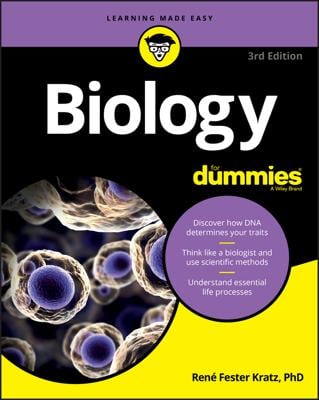Animals require nutrients (from plants and other animals) and oxygen in order to survive. Modern-day conveniences have made it easier for humans to acquire food. Humans may think that they only have to drive to the supermarket, pull up to a drive-in window, or stand at the front door and wait for a delivery person to “get food.” That may be true in the literal sense, but in biology terms, acquiring nutrients is a biochemical process, as is breathing.
The hunt for food
The biochemical process all starts with a signal from your empty stomach. That signal to your brain starts you on the search for food. Millions of years ago, early humans would go hunt animals for meat or gather nuts, fruits, and berries. They would walk every day on a search for sustenance, much like herds of animals do. They would graze most days and feast when they had killed an animal for meat. Once nomadic tribes began settling in one place, hunting continued, and farming was born. People started growing their own food, which required tilling, hoeing, planting, digging — in other words, work. People put energy into acquiring food for energy.
Now, conveniences have greatly minimized the energy people put into getting their food. However, many humans are taking in more food than they need, which has some devastating results. People are no longer nomadic. They do not wander in search of food. They do not stalk and attack animals on a regular basis. Other animals (with the exception of dogs, cats, and other pets that have also come to expect convenience) still work at getting their food.
Heterotrophs on the hunt
Heterotrophs are animals that essentially feed on other living organisms. Heterotrophic organisms are the opposite of autotrophic organisms, which can use simple inorganic substances and sunlight to make the organic compounds that they need to survive. Plants are an example of autotrophs.
Heterotrophs cannot make their own organic compounds. They must obtain organic compounds from other living things that contain organic compounds. There are three classes of organisms that do this:
Herbivores consume only plants and get their organic compounds from the plants. Examples of these animals include deer, cows, and other grazing herd animals.
Carnivores eat only other animals. The animals that they eat have already eaten plants, so the carnivores get their organic compounds from the animal tissue and the digested plant material inside those animals. Examples include lions and tigers.
Omnivores eat anything. These animals (including humans) consume plants and other animals. Vegetarians who consume only plant-based foods also need proteins found only in animal tissues. Other omnivores include bears, which eat plant-based materials, as well as fish or smaller animals.
Looking at biological food chains
Food chains provide a visual example of how energy is transferred throughout the universe. The sun is the starting point of energy in food chains because the sun provides energy that is used by plants when they make food for themselves (remember, they are autotrophic). However, plants not only provide energy for themselves, but also for some heterotrophs. Thus, a food chain begins.
In a simple food chain, a producer makes the “food” that provides the energy, and a consumer uses it. For example, when herbivores and omnivores consume plants, they acquire the food that was produced by the plants, and that the plants had acquired energy from the sun.
In a more complex food chain, several producers of energy may be in the chain, as well as several levels of consumers. When an omnivore or carnivore consumes another omnivore or carnivore, the energy inside of the prey (the animal that was eaten) is obtained from smaller omnivores, carnivores, or herbivores and passed to the predator (the animal that did the eating).
However, the consumer does not acquire all of the energy in the food that the producer made. When food is digested by a producer (say, you), some of the material you consumed is converted to energy used within your body. The excess is excreted as waste.
Excreted waste is not lost energy; the energy is just in another form that is useable by different organisms (like bacteria, earthworms, dung beetles, and so on.). But, it is not useable by the next higher level in the food chain. In fact, the longer a food chain is, the less energy that the higher consumers actually acquire, which is why food chains aren’t all that long to begin with.

